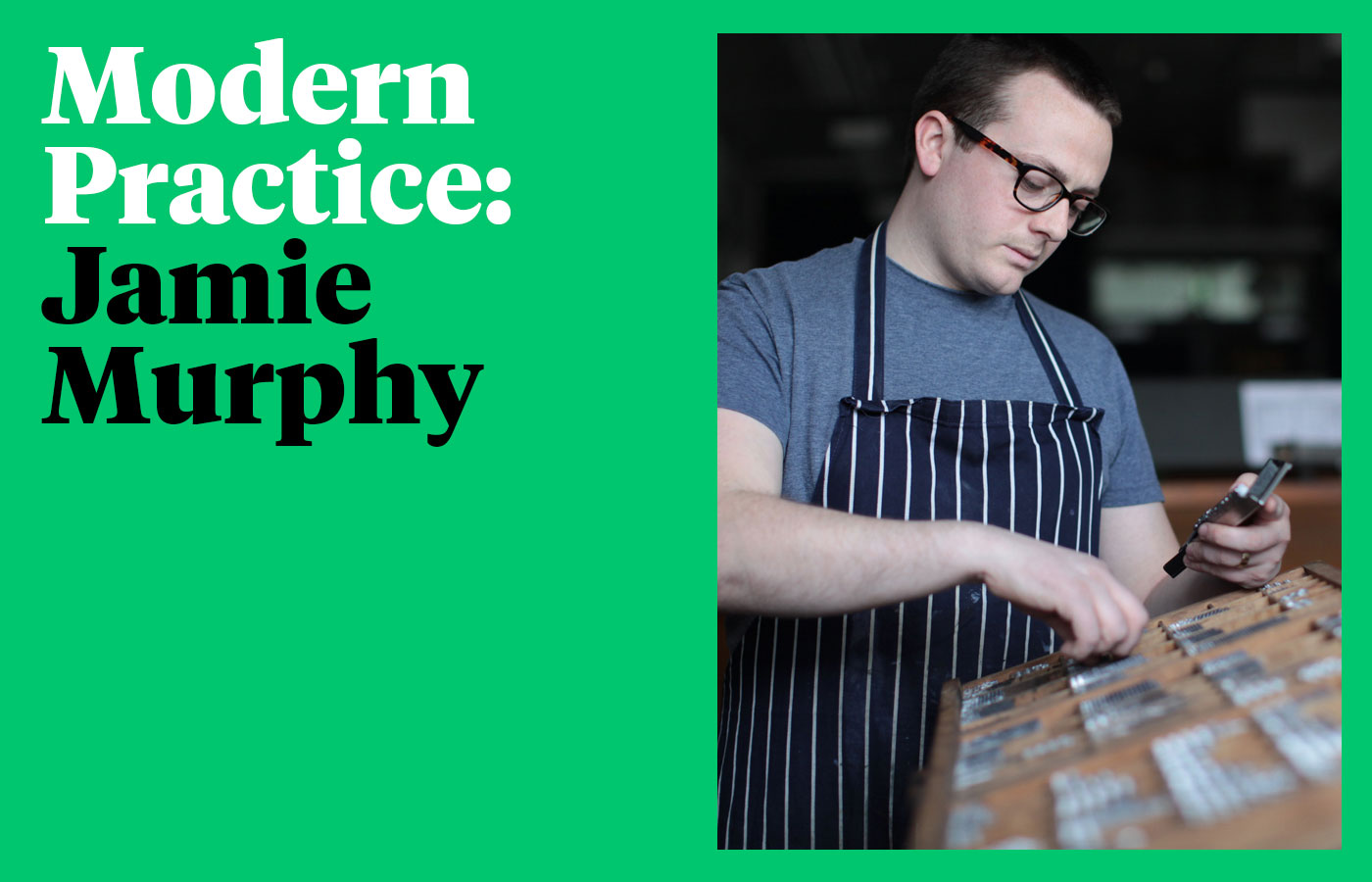What's your background? How did you get to where you are?
I studied Visual Communications at the National College of Art & Design (2002 – 2006) where I was particularly focused on book design and letterpress printing. Directly after I took part in the first ICAD Upstarts programme where I was introduced to six key graphic design studios in Dublin (Creative Inc., Design Factory, Image Now, Red Dog, Zinc and Dynamo) and very quickly realised that I’d like to work in this area. During this programme I began working for Boyle Design Group where I stayed for three years before staring out on my own. I started my design studio Fjord in 2009 with a plan to become again more hands-on in my work. Soon after I was invited to volunteer once a week at the letterpress workshop in NCAD where I began learning the technical aspects of letterpress printing. This in turn led me to undertake a two year MA in Design (2010 – 2012). Following the MA and in an effort to further my letterpress knowledge, I moved to the UK where I worked with Typoretum for about six months. I felt I needed an imprint under which I could make work and so The Salvage Press was born towards the end of 2012. When I moved back to Dublin in 2013 I was invited to be Designer in Residence at Distillers Press, a role which I still very much enjoy.
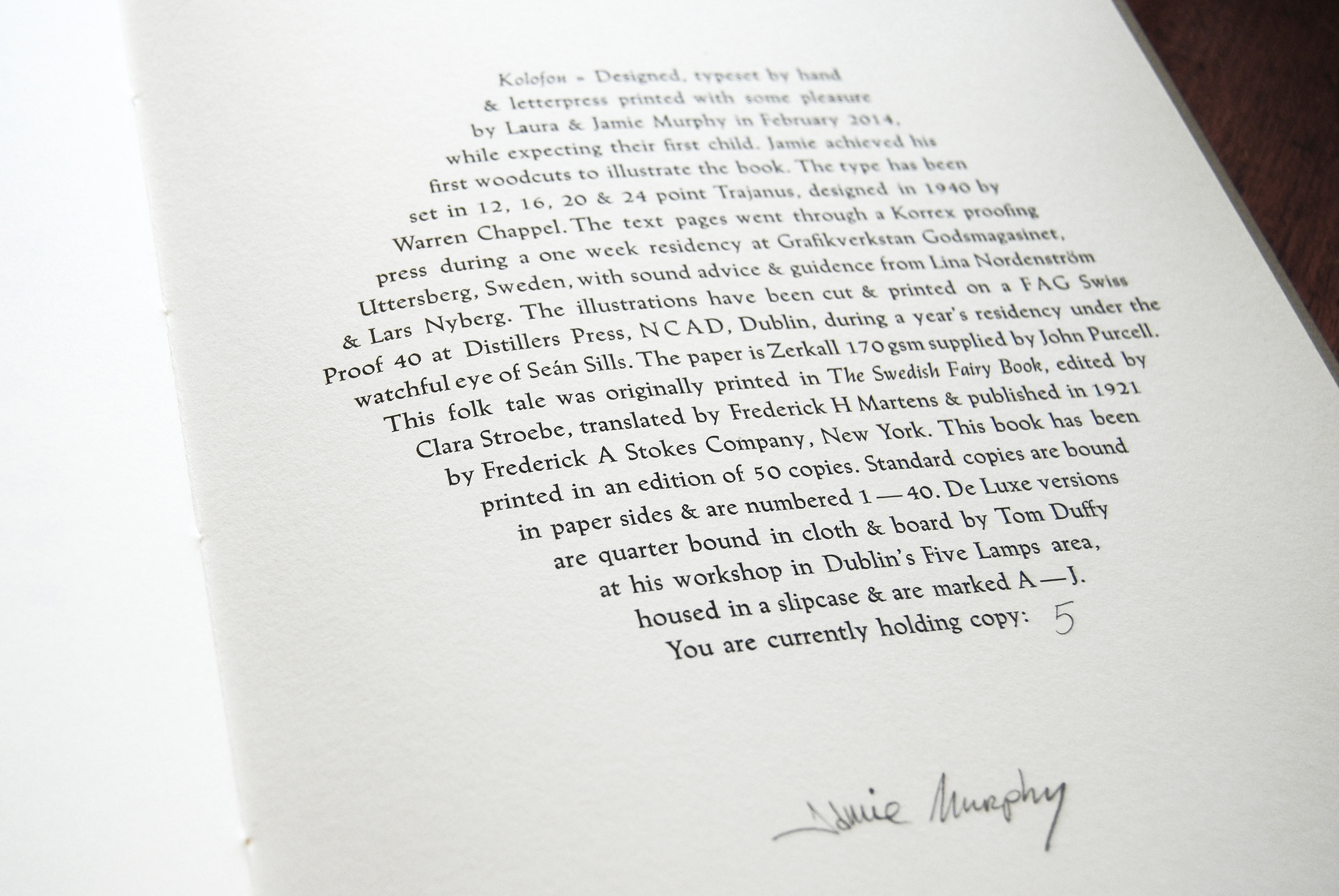
How would you define your role / practice right now?
I work in the book arts, primarily as a typographer and letterpress printer. The Salvage Press serves as an outlet from which to produce my letterpress work. In an effort to be a typographer, I became a publisher by accident. My interest lies in letterpress produced typography – quite a niche area. I’ve realised that if I want to make this kind of work I often have to create my own briefs and as I concentrate mainly on finely printed books my role is often all encompassing – client, researcher, editor, designer, typographer, illustrator, printer, binder, finisher. I find that collaboration is key and this allows me to focus more on design and typography.
Do you think that definition will change?
I’m happy with this approach and the work it produces. The definition of my practice may change as it develops. As well as my book work, this year certainly saw an increase in collaboration with design studios and large brands.
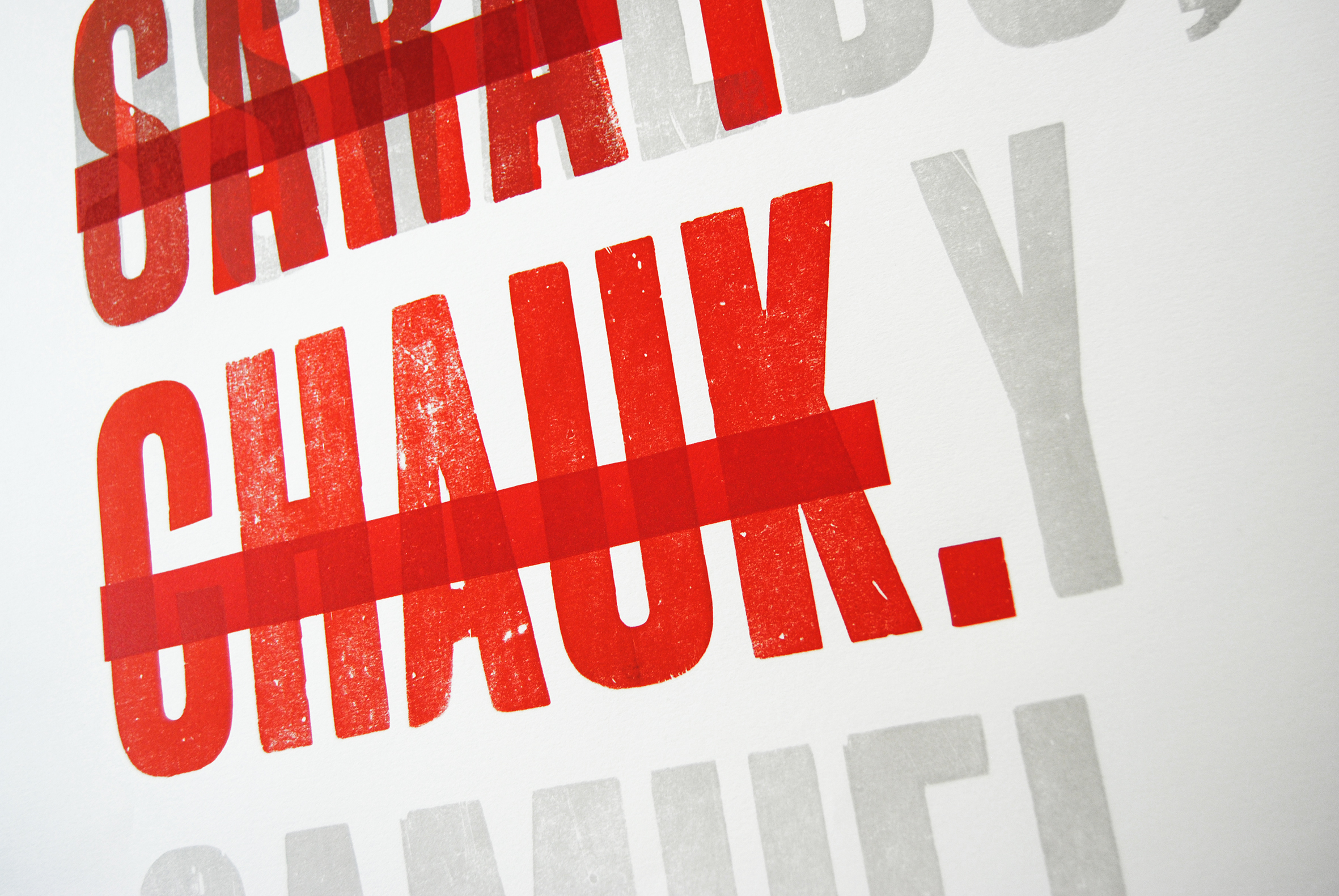
What do you set out to do with your work?
My aim is to create interesting projects but also to preserve and promote a way of working. Letterpress printing is a labour intensive craft but in slowing down the design process I feel there is a lot to be learned. I want people to again covet design. Very few pieces of graphic design are designed to be held and interacted with at the same level as a book, but so many books are throw-away. I set out to make books that ask to be studied and cared for.
What's your motivation?
I’m motivated by the process itself and by the possibilities of the technology. I love seeing physical type proofed for the first time or feeling the subtle bite of impression in paper. I love receiving a newly finished book from the binders. I feel very lucky to be in this area of graphic design and that too is motivation to continue and push projects further.
What values do you try and instill in your work?
I try to be true to materials and content. What I mean is that I like to work with materials that have a considered quality, fit for purpose. I work with hand made papers, I utilise types often due to their historical relevance or contemporary availability. I generally avoid short-cuts and work in quite a purest manner – metal type set by hand, printed letterpress onto beautiful papers, illustrations cut by hand in relief, bindings hand sewn etc.
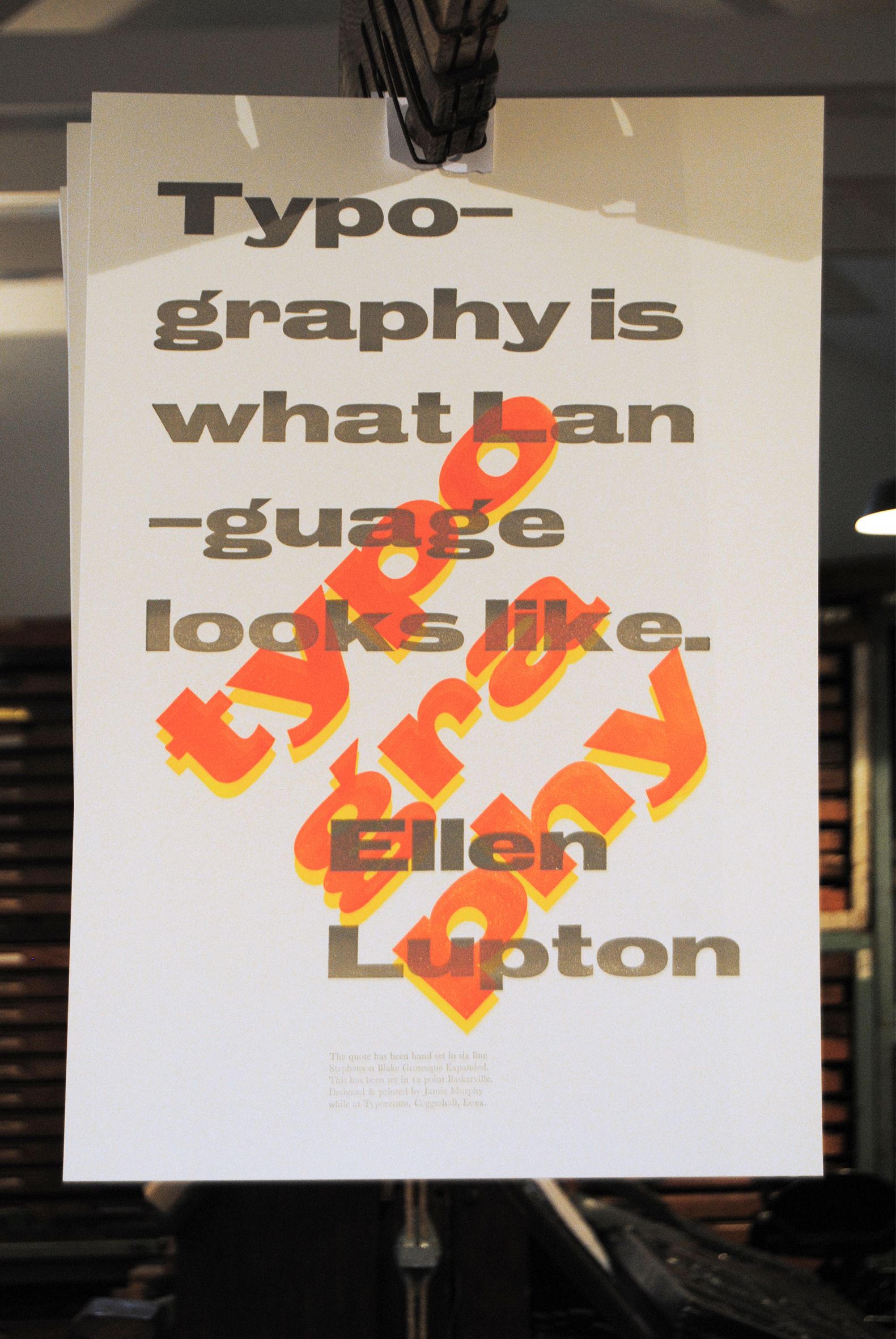
What is the main focus of your practice?
I mainly focus on letterpress printed typography through the mediums of books and broadsides.
What are the areas you work in?
I work mostly in artist books and printed editions.
What is the scale of your projects?
I work on projects small and large, from small runs of single posters to complete book projects encompassing everything from type design and layout to printing and finishing.
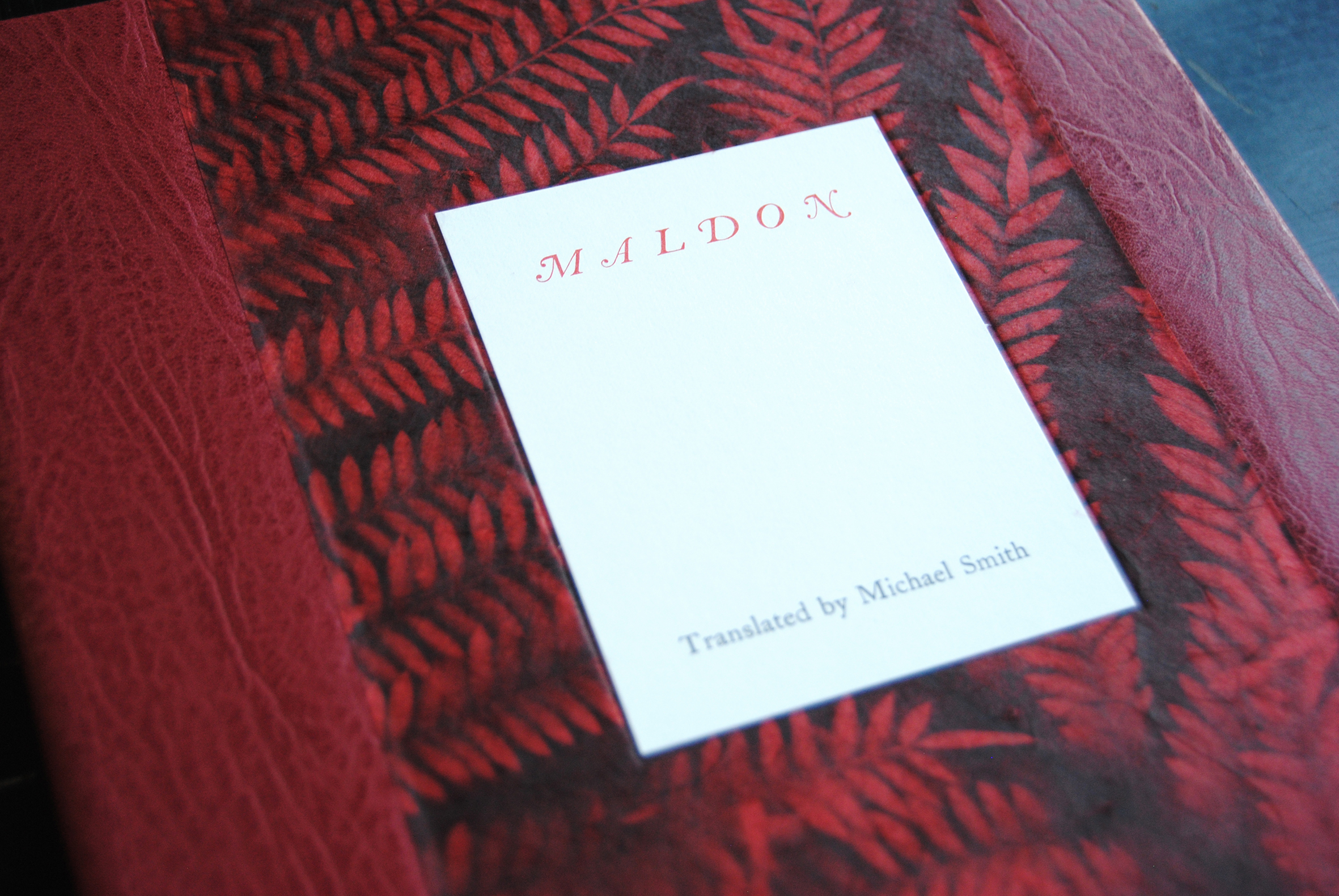
How many projects do you undertake a year?
Probably anywhere between 10 and 15.
How long are your timelines?
Sometimes I need work produced in a matter of days, some books can take years. I would think that the average project takes about one month.
Can you give an indication of the budgets you work with?
Some projects cost only my time and the paper they’re printed on, others cost much more. One book from last year cost around €200, another around €12k.
Can you give us a sense of what your working week would be like?
I start work at 8am, almost without exception. My working week varies a lot. Some weeks I can be researching and planning (home by 6), other weeks I can be setting type and printing all day (home by 10). I aim to deal with correspondence in the morning and design / typeset / print after lunch. As Designer in Residence I’m based in NCAD and so I’m always available to students for help and advice. Some weeks we run intensive projects where I work solely with them, other weeks just a small amount. I tend to have mornings and evenings uninterrupted and can more easily concentrate on work.
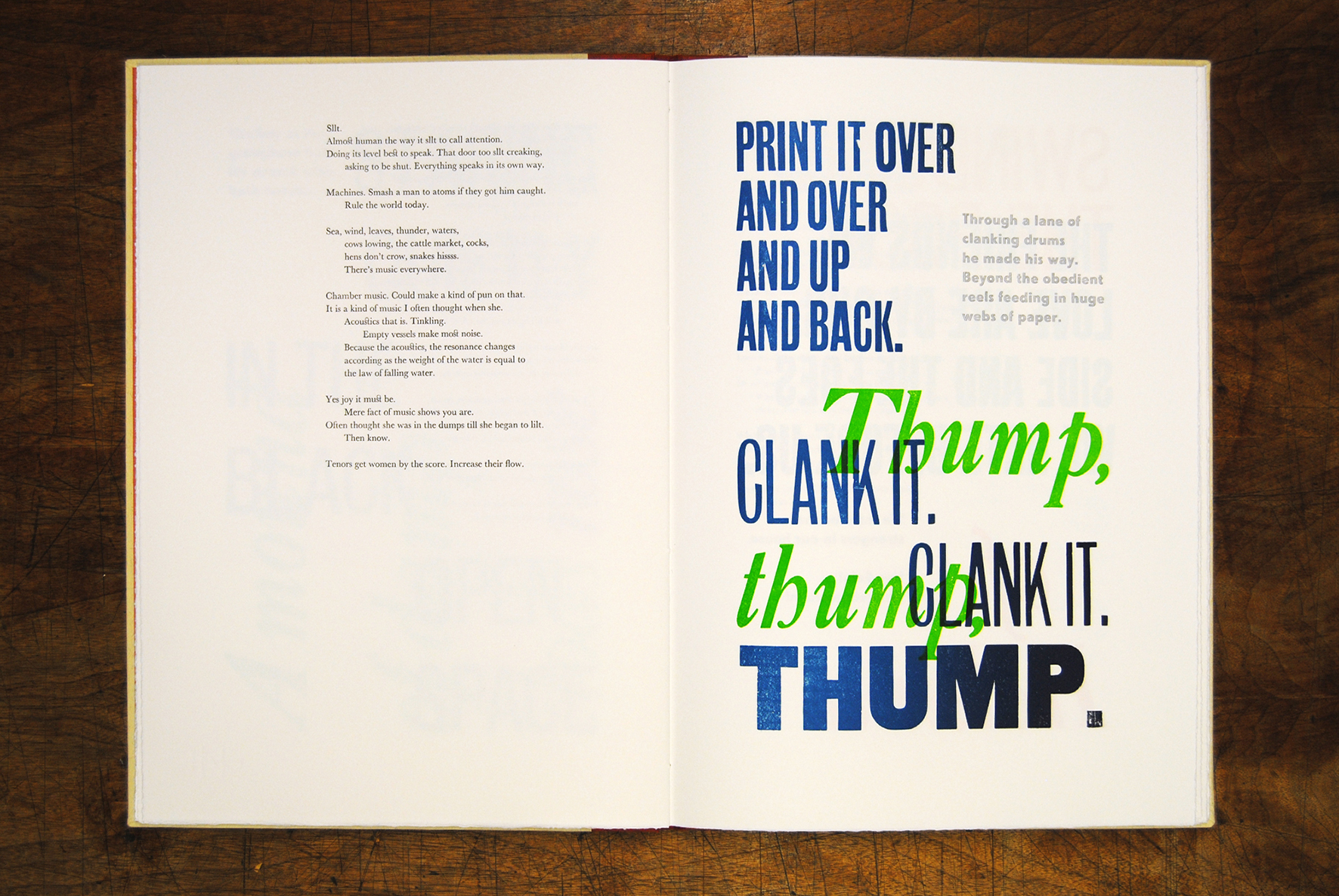
What type of outputs / outcomes do you deliver?
Books, broadsides, printed ephemera, printed design.
Do the people you work with understand what you do / understand the value?
As a one man operation I don’t often have to ask that question. When I’m approached by studios and brands I seldom have to explain the process, they are fully aware of the value it brings.
What do you consider a successful project to be?
Firstly I want to be happy with the project, that’s the most important thing for me. Second I want it to be well received by others in the areas I work in, typically fine press book makers and collectors of my work. Thirdly, I ask whether the project offered a good learning curve, did I develop from the project. Lastly, I consider how it has done financially – how did sales go? Did I make the edition too large? Too little? Did it cover its cost to produce? Was it good value for money?
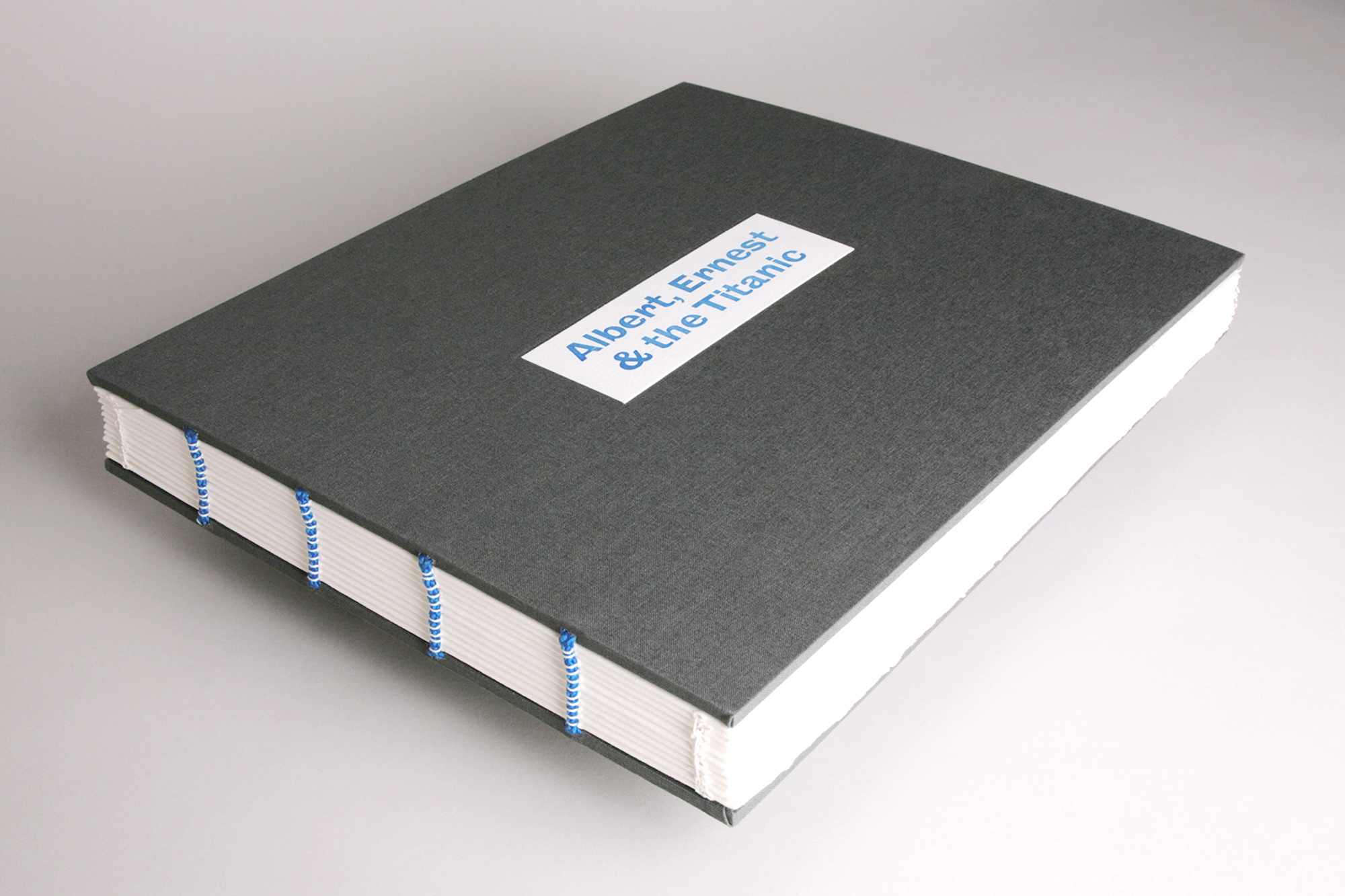
What do you feel is the impact of what you do?
With my work I’d like to think that I’m impacting on how people interact with design and how they perceive printed books and broadsides. With the educational aspect of what I do it’s my hope that the students I’ve worked with develop an interest in and an understanding of typography and letterpress printing.
What's the most important thing to get right in order to do your job properly?
For me the important thing is trust. For me to concentrate on the design and typography I need to trust that my collaborators are as focused as me. To continue to produce my work I need my collectors and clients to trust that I can deliver what I say I can.
Are you working the way you want to? What would you change?
I’m working exactly the way I’d like to work, the only thing I’d change is the work-life balance, which can be too often work heavy.
